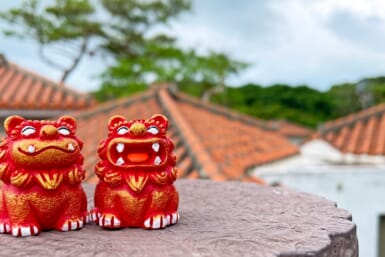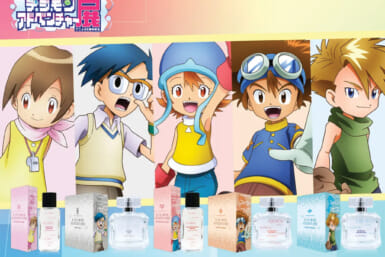Imagine a steaming bowl of Japanese rice, each grain possessing a texture both pillowy and chewy, making it the perfect accompaniment to your dish. Rice is a comfort food I’m able to enjoy at any time of day; it never fails to satisfy. But what if I told you there are ways rice can benefit you beyond its role as a food? Today, let’s explore the various ways Japan uses these tiny but mighty grains in everyday life.
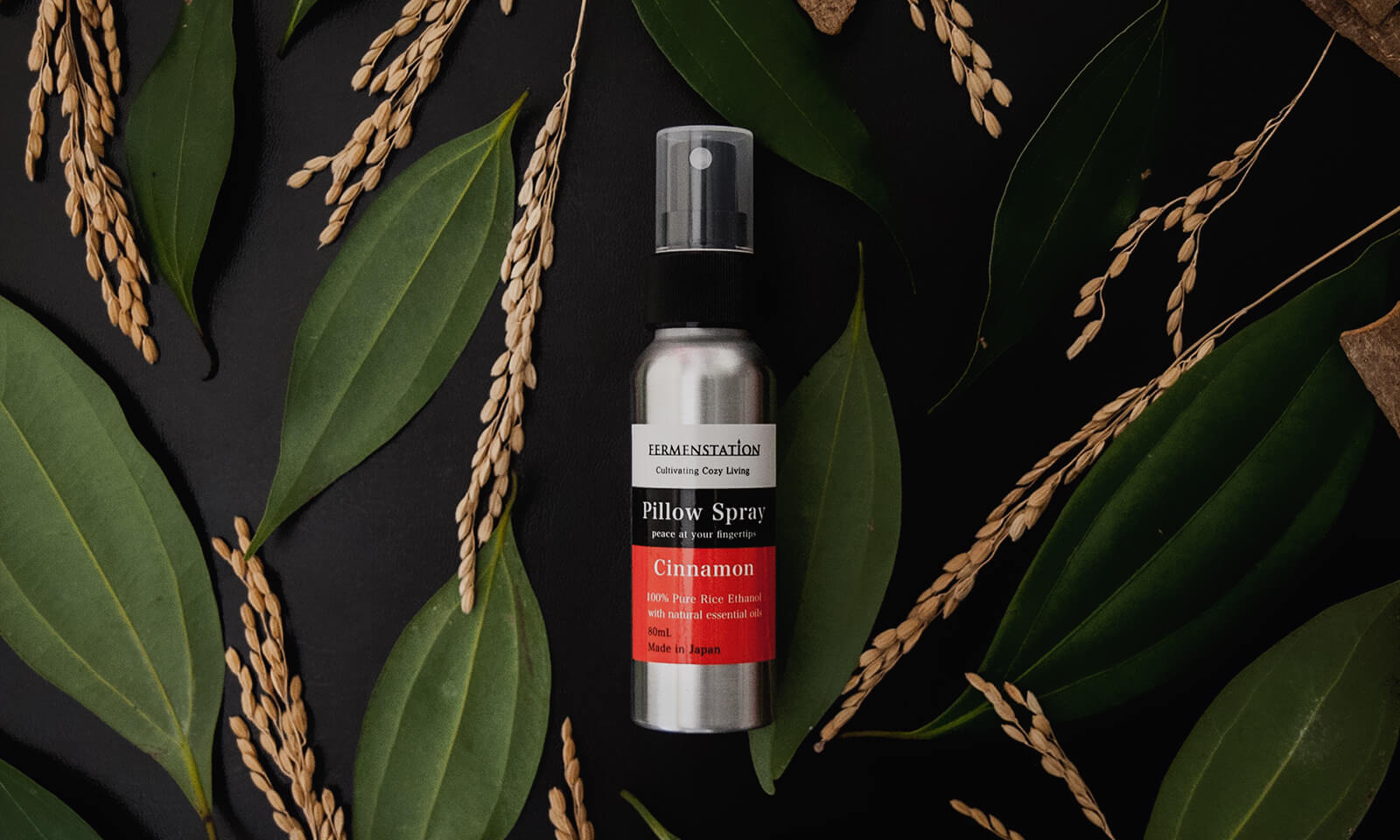
Pillow Spray
Pillow spray is often overlooked, but it can be the deciding factor between a restless slumber or a good night’s sleep. Fermenstation is an environmentally sustainable health and beauty brand that grows pesticide-free, organic rice to ferment and distill into ethanol. Fermenstation’s ethanol and the leftover undistilled rice remains are then used to create natural, preservative- and fragrance-free cosmetic, skincare and aroma products.
Fermenstation’s Cinnamon Pillow Rice Spray caught my eye, as it’s rare to see cinnamon in Japanese products. Upon opening, the scent immediately reminded me of a mug of chai: deep, smooth, warm and comforting. The scent then shifted to reveal subtle hints of brown rice and Japanese cedar, making for a relaxing and nature-filled experience. The best part? I felt comfortable knowing the scent that surrounded me was natural and safe to inhale as I drifted off to sleep.
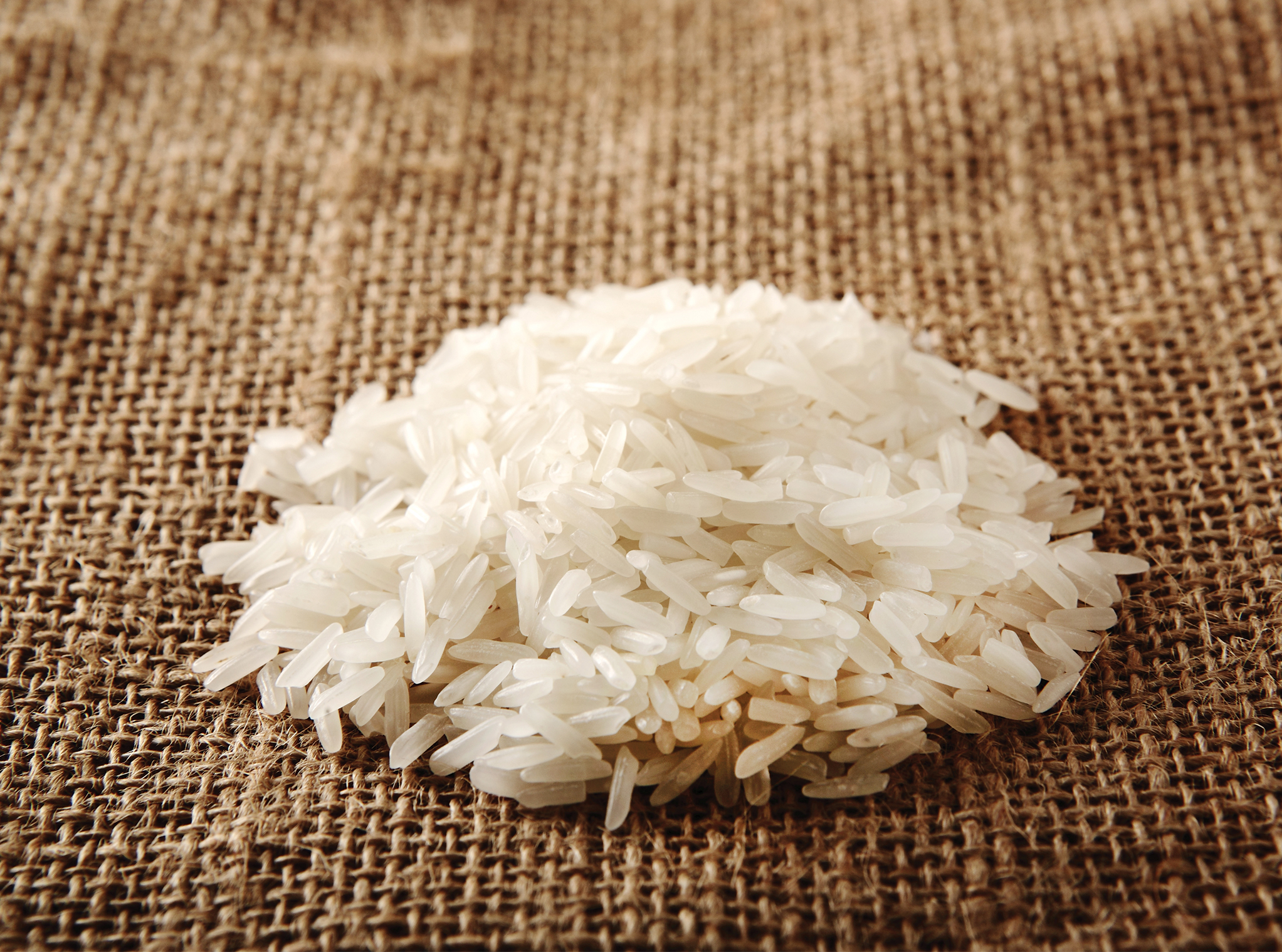
Clothing
Rice used in clothing? Yes! Sony Group’s Triporous is a porous carbon material made from rice husks that’s combined with fibers to create textiles. With antibacterial, deodorizing and antiviral qualities, Triporous is a game changer for the fashion industry. In 2021, Sony collaborated with Japanese designer Issey Miyake to create TYPE-I, a project that explores the longevity of color through use of Triporous material. More recently, Sony teamed up with Descente Golf to introduce Triporous golf wear and socks, which focuses on friction-resistance and enhanced grip. Triporous has also been used in lingerie, camping tents and carpets, proving its versatility. Using rice in fabric introduces a wonderful concept for sustainable practices, offering a path to heal the world, one grain at a time.
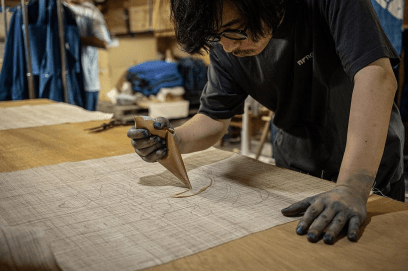
Image via Keigo Kamide at BUAISOU Studio
Glue
Katazome and tsutsugaki are two traditional Japanese dyeing techniques dating back to the eighth century that were used to dye fabrics such as clothes, banners, bedding and wrapping cloths. Katazome is the art of dying fabric using a stencil. This stencil is made from either katagami or shibugami paper- layers of thin and delicate washi paper soaked in permission juice called kakishibu. With tsutsugaki, the artist uses a cone called a tsutsugawa— made of the same katagami paper as the stencil— to freehand designs onto the fabric. The tsutsugaki method is often likened to a cake decorator piping icing onto a cake. The icing— or in this case glue— is called bosen-nori; the kanji ‘bo’ means to protect, and ‘sen’ means to dye. Bosen-nori is glutinous rice mixed with salt, rice bran, and hot water, and these edible ingredients are kneaded into a starchy paste before they are applied to the fabric. Used as an anti-staining mechanism, bosen-nori is left to dry on the fabric before the dying process begins. Once dried, the bosen-nori blocks out a way for the dye to reach the fabric depending on how thick it is applied. The artist takes the dye and creates colours and a design on the fabric. Once the dye has dried, the fabric is washed, and the bosen-nori is washed away with water. The fabric retains the hand-drawn or stencilled design, either with varying opacity or entirely dye-free.
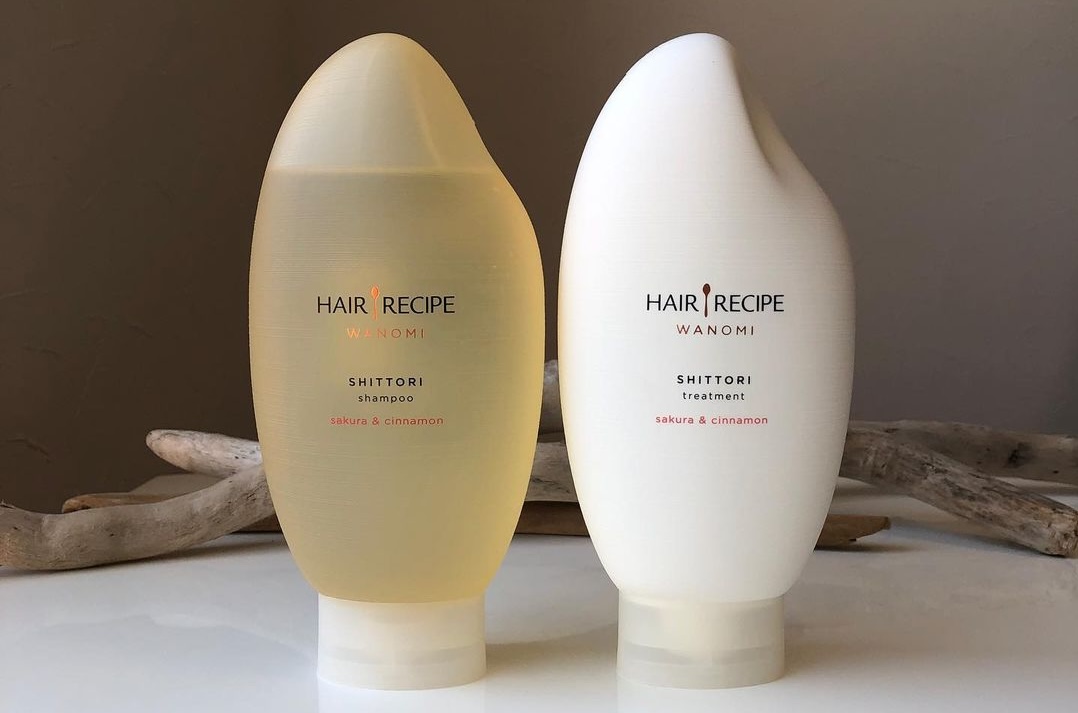
Haircare
Hair Recipe’s Wanomi shampoo and conditioner are affordable yet luxurious options that make washing your hair an absolute pleasure. Wanomi’s key ingredient is Japanese komenuka oil, or purified rice bran oil, that has been carefully extracted from the outer layer of a grain of rice. Komenuka is said to have been used to wash hair as far back as the Heian era (794–1185 CE), making it an ingredient that has withstood the test of time. Wanomi’s shampoo and conditioner are gentle on the hair and scalp, helping heal and repair frizzy, damaged hair and flaky scalp.
What drew me to this brand was the scent: an intoxicating blend of sakura and cinnamon (I’m clearly a sucker for cinnamon-scented things!). While I was intrigued by the scent, what sold me was the soft, silky finish my hair was left with. I would highly recommend that you at least buy a sample pack the next time you visit a drugstore.
Related Posts
- Japanese Drugstore Beauty Recommendations
- Japanese Secrets to a Healthy Scalp
- 5 Convenience Store Gummies To Try on Your Next Japan Visit
Updated On August 1, 2024



